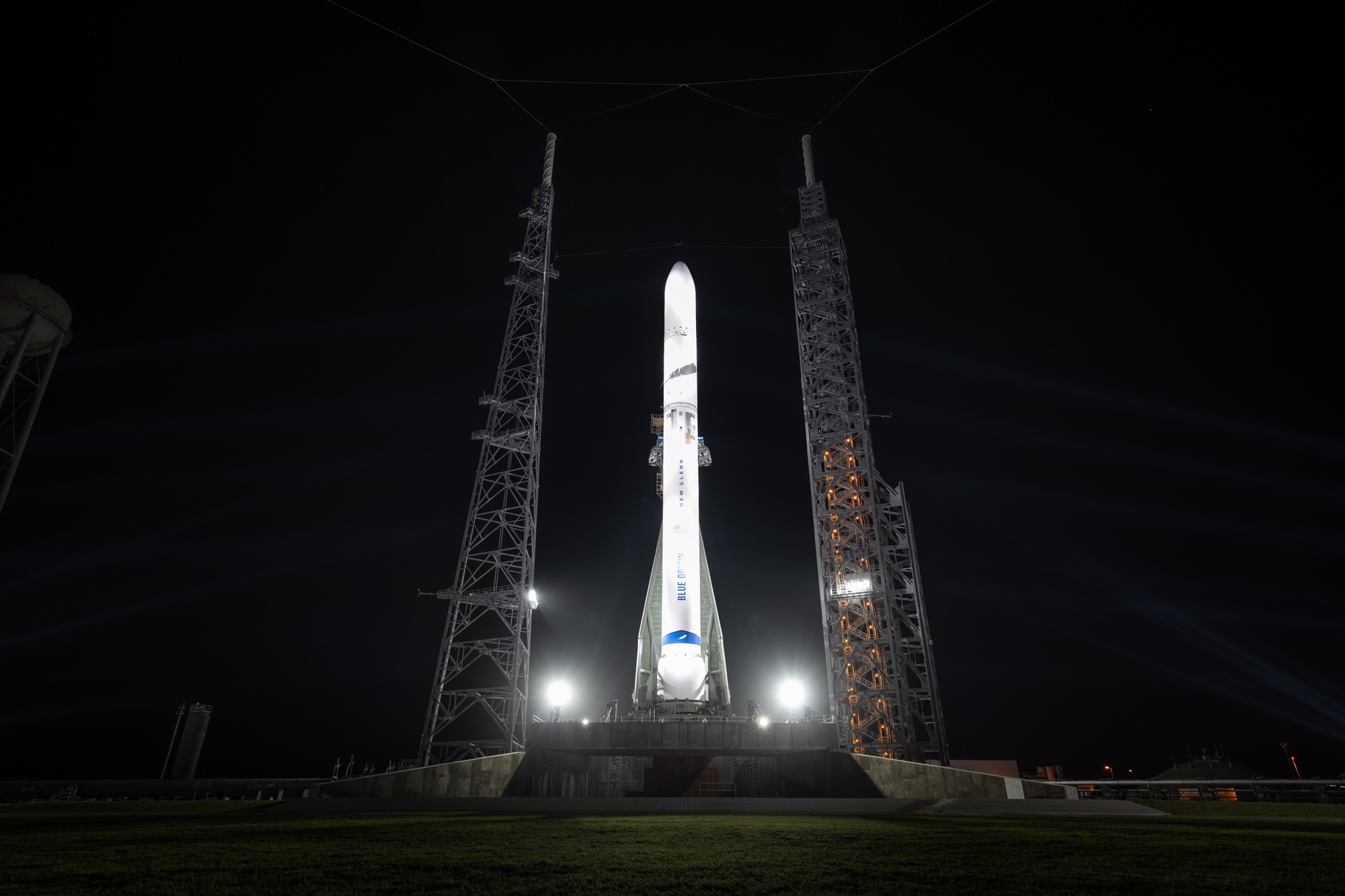Bussiness
Blue Origin, SpaceX, ULA win $5.6 billion in Pentagon launch contracts

WASHINGTON — The U.S. Space Force has selected Blue Origin, SpaceX, and United Launch Alliance for the National Security Space Launch Phase 3 launch services program. The three companies won contracts potentially worth $5.6 billion over five years, the Pentagon announced June 13.
The three companies will compete for orders over the contract period starting in fiscal year 2025 through 2029. Under the NSSL program, the Space Force orders individual launch missions up to two years in advance. At least 30 NSSL Lane 1 missions are expected to be competed over the five years.
The Phase 3 contract is a big win for Blue Origin, marking the first time the space company founded by billionaire Jeff Bezos has been selected to launch sensitive national security satellites. SpaceX and ULA — a Boeing-Lockheed Martin joint venture — have had a lock on national security launch contracts under the Phase 2 program that began in 2020.
Blue Origin did compete for the Phase 2 contract and unsuccessfully protested the decision.
New Glenn targeting first launch this year
Blue Origin’s New Glenn heavy lift reusable rocket — in development for nearly a decade — is undergoing testing and is projected to attempt its first orbital flight later this year.
The NSSL Phase 3 program was structured into two “lanes.” Lane 1 is for less demanding launches to low Earth orbit, while Lane 2 is reserved for heavy lift rockets capable of delivering payloads to nine reference orbits, including some of the most demanding national security missions.
The selection of Blue Origin, SpaceX, and ULA for Lane 1 contracts confirms that no other launch providers met the criteria.
“As we anticipated, the pool of awardees is small this year because many companies are still maturing their launch capabilities,” Brig. Gen. Kristin Panzenhagen, program executive officer for Assured Access to Space, said in a statement. “Our strategy accounted for this by allowing on-ramp opportunities every year, and we expect increasing competition and diversity as new providers and systems complete development.”
The next opportunity for providers to on-ramp will be in the first quarter of fiscal year 2025.
The Space Force earlier this year awarded Blue Origin nearly $18 million for National Security Space Launch Phase 3 “early integration studies” to assess the capabilities of the New Glenn rocket.
As part of the Phase 3 contract, Blue Origin will receive $5 million to conduct an initial capabilities assessment of its mission assurance, the Space Force said. Space X and ULA will receive $1.5 million each since they are incumbent Phase 2 providers.
The first task order opportunity in Phase 3 Lane 1 will be for seven U.S. Space Force Space Development Agency launches and one for the National Reconnaissance Office. “Any launch provider on the base contract can bid for launch service task orders provided they have completed a successful orbital launch prior to the proposal due date,” the Space Force said in a statement June 13.
Space Force wants diversity in launch providers
Space Force officials said the goal of NSSL Phase 3 is to increase competition, drive down launch costs for national security payloads while maintaining assured access to space through redundant capabilities.
“The NSSL Phase 3 launch service procurement contracts provide the opportunity to include the most current domestic commercial innovation into our launch program as soon it becomes available,” said Frank Calvelli, assistant secretary of the Air Force for space acquisition and integration.
The Space Force plans to select Lane 2 providers this fall. “The government intends to award up to three contracts for the NSSL Phase 3 Lane 2 Launch Service Procurement,” said the Space Systems Command. Lane 2 contracts will include missions that require full mission assurance with NSSL-certified launch vehicles. The payloads included in Lane 2 require launches to more stressing orbits than Lane 1, necessitating higher performance launch systems.







:max_bytes(150000):strip_icc()/roundup-writereditor-loved-deals-tout-f5de51f85de145b2b1eb99cdb7b6cb84.jpg)


